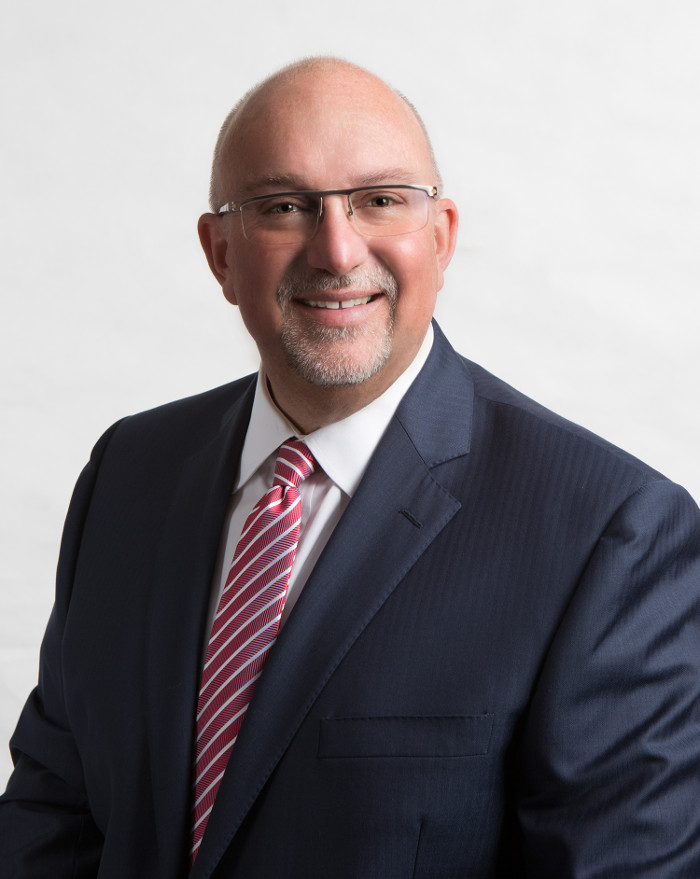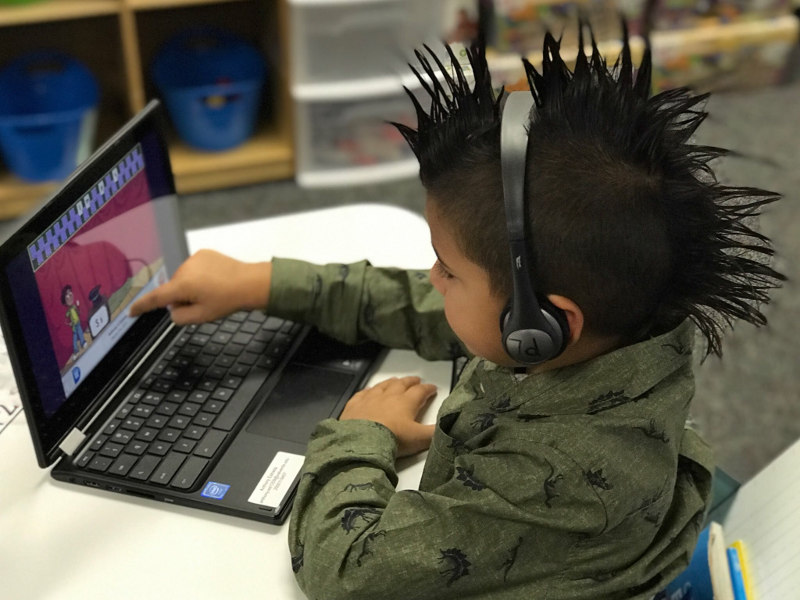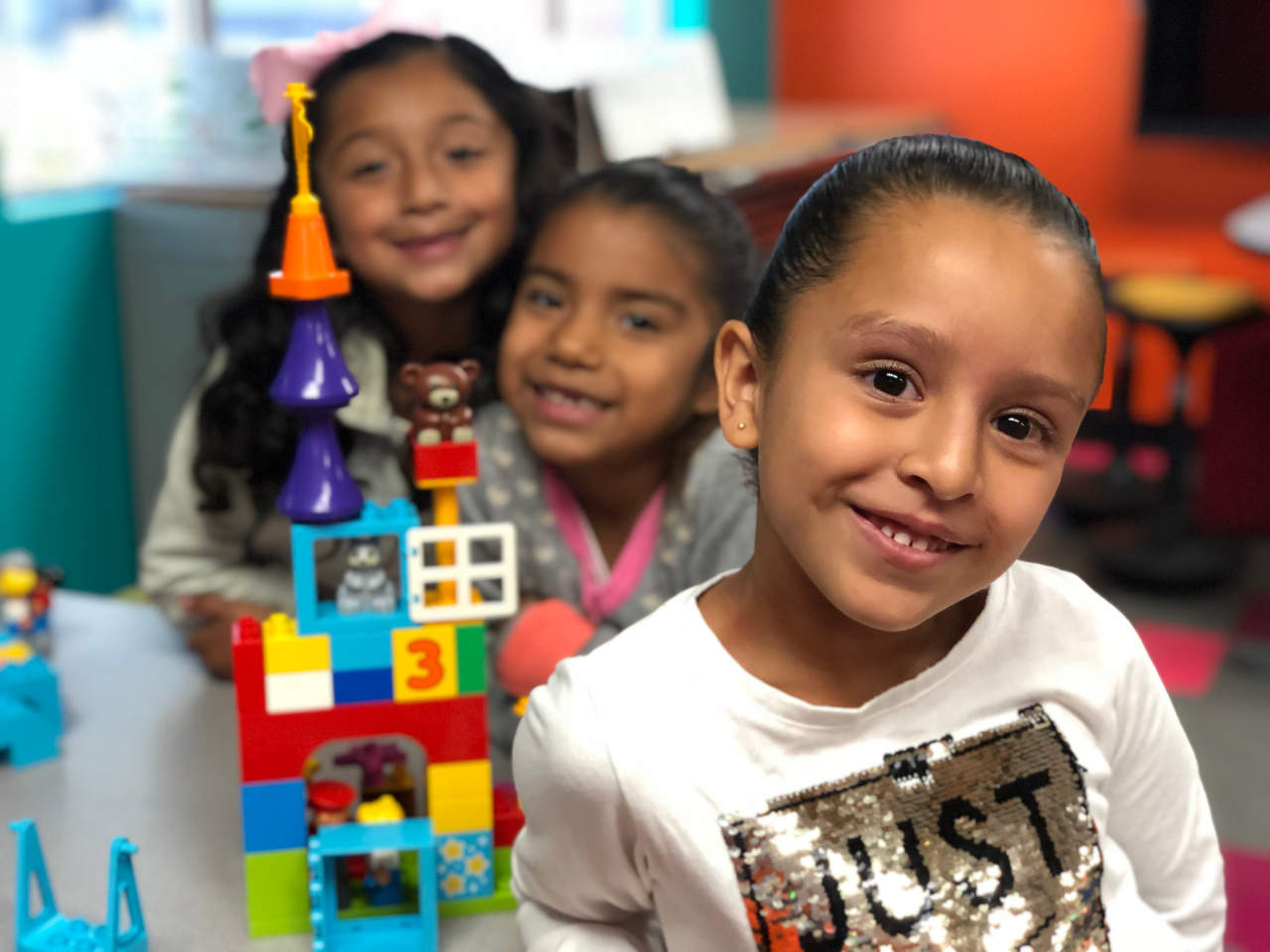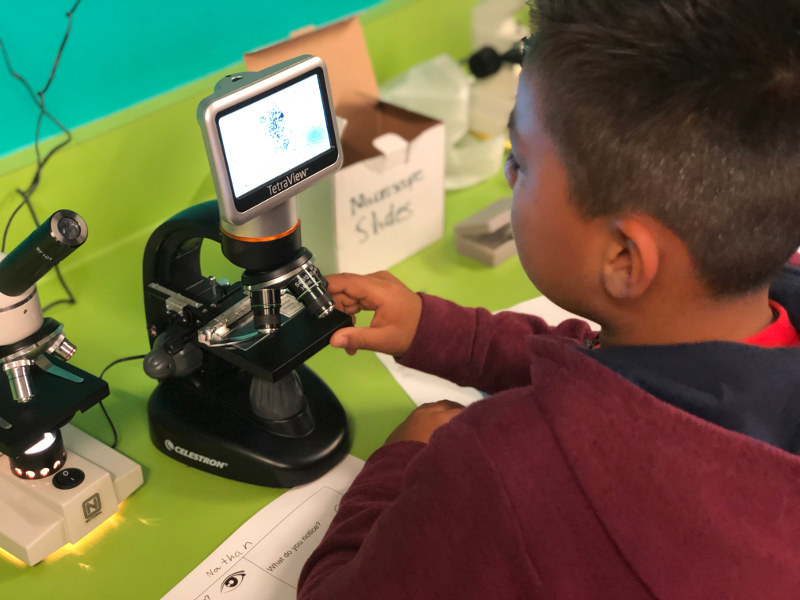A Q&A with Future Ready Superintendent Michael McCormick, Val Verde (CA) Unified School District
Even our youngest students are engaged in critical thinking, making sound decisions and choices as they identify and solve authentic problems.

What does it mean to be “Future Ready” in your context at Val Verde?
We have a diverse population of scholars, many of whom will be first-generation college students. In our mixed suburban and rural district, 22 schools serve over 20,000 students. About a quarter are ESL students and 85 percent qualify for free or reduced lunch, and we have a 93.2 percent cohort graduation rate. I’ve been in the district for 20 years and have been superintendent for four. The “Portrait of a Graduate” serves as our North Star, and it’s rewarding to see the educational initiatives we started ten years ago coming to fruition.
If our kindergarten students, the class of 2035, have the 4Cs (communication, collaboration, creativity, and critical thinking) plus flexibility, as well as subject-matter competency, they’ll be successful regardless of the jobs they choose. Even our youngest students are engaged in critical thinking, making sound decisions and choices as they identify and solve authentic problems.

Every year, we take groups to Google so they can see what a 21st-century work environment looks like, and we take students on college visits as well. This exposure is part of a community-wide vision to help these first-generation college students imagine themselves in these places.
What does the Future Ready framework look like in practice for you as a superintendent?
The Future Ready Pledge reinforces the road ahead and provides a nice framework to guide our work. A big part of being Future Ready is this idea of a shared vision. Through community surveys, town hall meetings, and connecting with the business community we’ve been able to share our initiatives and build support.
At our annual Explore Fair, students demonstrate projects and skills in diverse areas—including agriculture, marketing, filmmaking, and coding. Students are excited to share what they’ve learned with an authentic audience. I love learning how to code from kindergartners!
Tools and ideas to transform education. Sign up below.
Once our 1:1 initiative was complete, we began the process of reimagining our obsolete computer labs. Now every school has a beautiful STEAM lab equipped with tools like interactive displays, LEGOs, Spheros, and green screens. Each school chose its color scheme, flooring, and focus so each lab reflects the unique character of that school. One is focused on culinary arts, another on computer science and robotics, another on soil science and gardening. These spaces give kids the chance to explore, build, and work together.

These labs also help facilitate this shift in teaching and learning and inspire teachers to think differently about pedagogy and about artfully braiding STEAM into the Common Core Standards. We approach the tension between compliance and innovation by being thoughtful and efficient in compliance so we can innovate. The kids can be confident scholars and engage in learning activities they love.
A BrightBytes survey revealed that a full 86 percent of our teachers believe that technology in the classroom enhances learning. Instructional coaches and PLCs with grade-level teams provide ongoing coaching and daily support for teachers with this deep implementation of technology in the classroom.
We use social media to highlight the transformation process in our schools. When we visit classrooms, we take pictures of the great things happening and post them to reinforce what we want to see. Teachers and principals are doing that now too, and that positive reinforcement is exponential.

When the Paradise USD buildings were destroyed in the Camp Fire, we were able to donate 2,000 surplus Chromebooks so students could still access education. We need to think differently about how students receive information. Through the power of technology, these students were able to continue to learn.
What lessons have you learned that you can share with others in your position?
We built a robust infrastructure before adding devices and built a refresh into our budget to replace 25 percent of our Chromebook inventory every year. Our graduates can buy their devices for a minimal fee and we’re able to deploy the latest devices for students.
We also decentralized our IT structures. Nothing kills an initiative faster than a teacher having to stop and fill out a help ticket. There are at least two trained tech integration specialists in each school. These teachers give just-in-time support to their colleagues and are also bringing great ideas back to us. We streamlined our Chromebook repair process with a software solution running on a touch-screen computer in every library that scans the device’s barcode and generates a work order. Teams of middle-school students are trained to repair keyboards and screens—and they learn customer service as well.
Our next project is to replace classroom furniture. We set up a model classroom so people could visit, ask questions, and vote. Schools chose their own colors and configurations. It’s important to know when to let go of certain decisions so people can have ownership and agency.
When we see the enthusiasm in the kids’ eyes, we know we’re on the right track.
